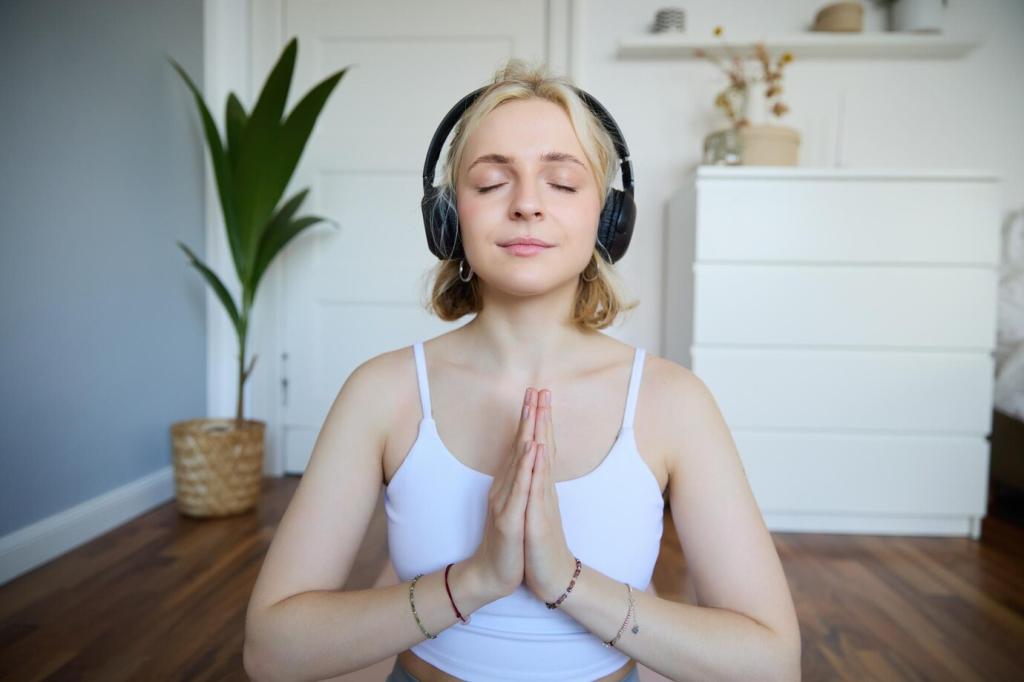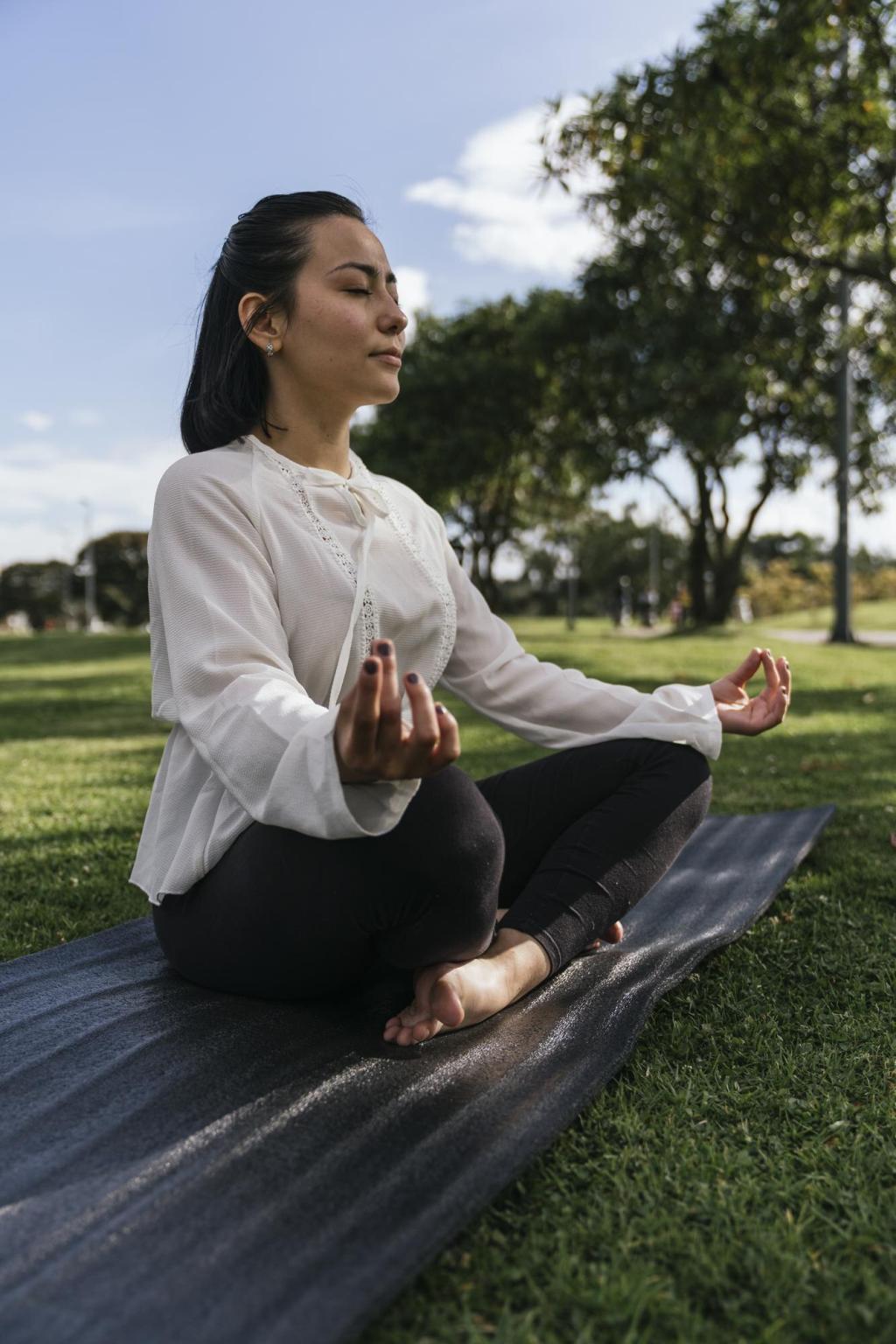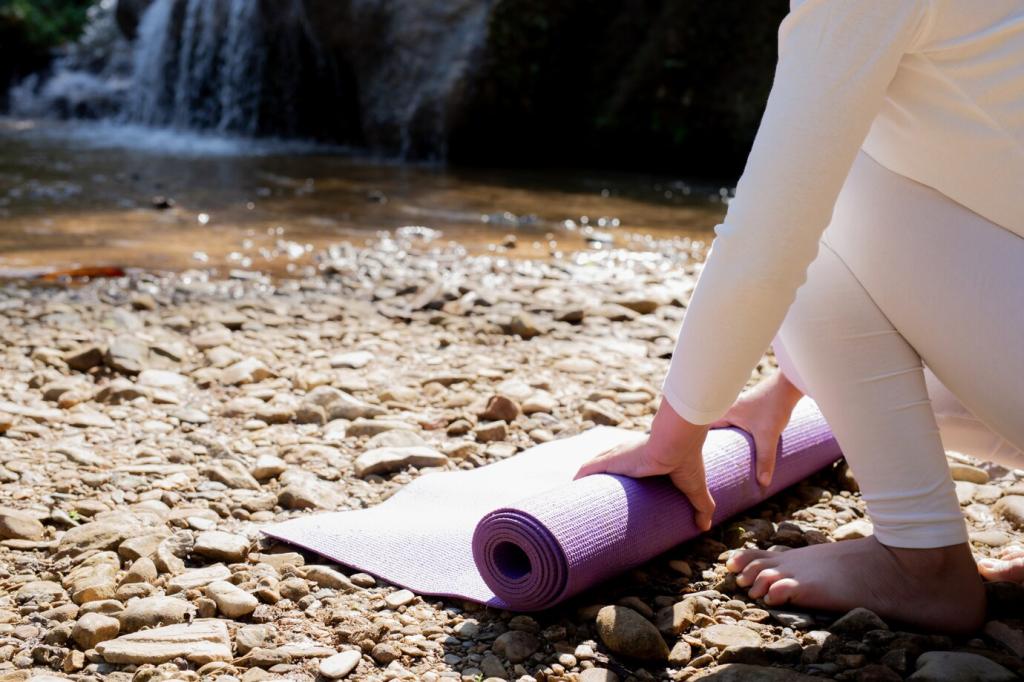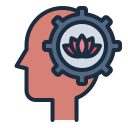
Guided Meditation for Stress Relief: Breathe, Soften, Recenter
Today’s theme: Guided Meditation for Stress Relief. Step into a calm, encouraging space where a gentle voice, steady breath, and simple images help your nervous system unwind. Join us, breathe with us, and subscribe for weekly guidance that meets you exactly where you are.
A guided voice reduces decision fatigue, allowing the prefrontal cortex to reengage while the amygdala quiets. When you follow simple cues—inhale, pause, soften—the body shifts into parasympathetic mode. Many people report decreased muscle tension and clearer thinking within minutes. Try it, then share what you notice in the comments.

Starting a Simple Guided Practice for Stress Relief
Choose a primary anchor—breath at the nostrils, a hand on the heart, or a grounding phrase like “here, now.” Guided cues return you to that anchor whenever thoughts pull you away. Let the voice handle structure while you simply follow and feel. Comment with the anchor that works best for you.
Starting a Simple Guided Practice for Stress Relief
Stress rarely waits for perfect conditions. Use brief, guided audios during transitions: before opening email, after lunch, or right before sleep. Two intentional minutes can reset your tone for the next hour. Set reminders, and subscribe for a weekly micro-practice you can use anywhere.


Light, Sound, and Scent
Choose soft, indirect light or morning daylight. Keep sounds gentle: rainfall tracks, distant nature, or silence. A subtle scent—lavender, cedar, or unscented if sensitive—can support relaxation without overwhelming. The aim is simply to reduce sensory noise so your guided practice can do the real work.
Phone Hygiene for Peace
If you use an app, switch on airplane mode and do-not-disturb. Clear your home screen to avoid notifications stealing attention. One tap to play your guidance, one breath to arrive. This tiny boundary transforms a phone from stress trigger into a supportive tool. Tell us your favorite settings.
A Comfort Object Story
A reader wrote that placing a smooth river stone in her palm during guided practice helped her drop tension fast. When anxiety spiked at work, she slipped the stone into her pocket and felt the same grounded cue. Small, tactile anchors can carry calm into daily life.


Guided Scripts You Can Try Today
Close your eyes. Inhale softly; exhale longer. Guide attention from forehead to jaw, neck to shoulders, chest to belly, hips to feet. Whisper cues: soften, warm, heavy, supported. If the mind wanders, return to the breath and the next body region. End with gratitude for even one eased muscle.
Guided Scripts You Can Try Today
Place a hand on your heart. On each exhale, silently offer, “May I be safe. May I be kind to myself. May I meet this moment with ease.” Let the guided voice pace your breath. Imagine the kindness expanding through ribs and back, loosening the chest one breath at a time.
Handling Common Roadblocks in Guided Meditation
Expect movement. A guided track gives you the next cue before rumination spirals. Label thoughts as “planning” or “remembering,” then return to breath or sound. Even one return is a success. Share your most persistent distraction and we’ll create a targeted prompt in a future session—subscribe to get it.
Handling Common Roadblocks in Guided Meditation
If you drift, try an upright chair, cooler room, or open-eyed soft focus. Guided pacing can include brief, energizing breaths before returning to calm. Remember: stress relief doesn’t require drowsiness; it asks for presence. Experiment and comment with what wakes clarity for you.

Bringing Guided Meditation into Work and Home
01
The Commute Reset
Before starting the engine or stepping onto the train, play a two-minute guided breath practice. Choose an anchor phrase, like “arriving.” By the time you reach your destination, nervous energy has softened, and you can begin with clarity. If this helps, subscribe for a weekly commute-friendly track.
02
Meeting Nerves and Performance
Use a discrete, eyes-open body scan guided by breath: soften jaw, drop shoulders, lengthen exhale. The voice cueing your pace prevents rushing and grounds your tone. Afterwards, note one positive outcome: steady pacing, clearer answers, or kinder self-talk. Comment with your small wins to encourage others.
03
Family Wind-Down Ritual
Create a shared, guided evening practice: three breaths together, a brief body scan, then one gratitude each. Keep it playful and short. Stress unwinds faster when the home environment collaborates. Share your family variations—pets, kids’ favorite imagery, or lullaby-like phrases that bring everyone into ease.
Tracking Progress and Staying Motivated
After each guided session, jot down three notes: body sensation, mood word, and one helpful cue. Over weeks, patterns appear—perhaps your shoulders release faster, or you recover from conflict sooner. Share a snippet with us; your insights might spark someone’s next calm breath.
